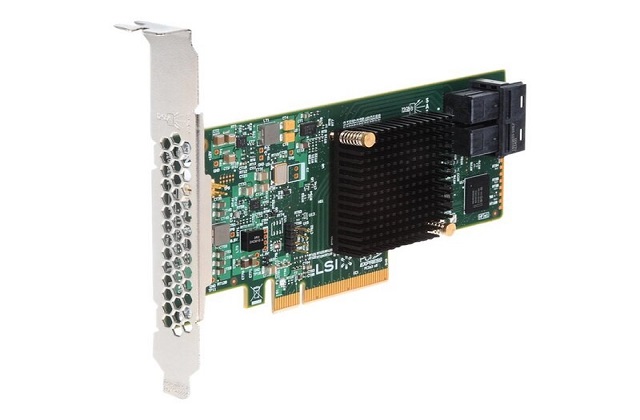what is a RAID controller right redundant array of independent disks or redundant array of inexpensive disks a RAID controller is a hardware device or software program used to manage hard disk drives or solid-state drives in a computer or storage arrays so they work as a logical unit a controller offers a level of abstraction between an operating system and the physical drives a dl380 RAID controller presents groups of applications and operating systems as logical units for which data protection schemes can be defined.

The controller has the ability to access multiple copies of data on multiple physical devices it has the ability to improve performance and protect data in the event of a system – in Hardware based rate a physical controller is used to manage the great panic the controller can take the form of a PCI or PC X 2’s part which is designed to support a specific drive format such as Sata or SES type a RAID controller may also be software 1b using the hardware resources of the host system software based rate generally provides similar functionality to hardware based right but it’s performance is typically less than that of the fiber versions around 1997 with the introduction of ata pi/4 and thus the ultra DMA mode 0 which enables fast data transfers with less CPU utilization the past 88 controllers were introduced as PCI expansion cards let’s look into the front end and back inside a disk array controllers provide fronting interfaces and back-end interfaces back-end interface communicates with control lists hence protocol is usually a da SATA SCSI FC our SAS front-end interface communicates with a computer’s host adapter HPA means host bus adapter and uses one of eighty a SATA SCSI FC these are popular protocols used by disks so by using one of them a controller might transparently emulate a disk or a computer somewhat less popular protocol dedicated for a specific solution PyCon s con is CI hyper SCSI ATA over Ethernet or InfiniBand a single controller may use different protocols for patterns and for crunch and communications many enterprise controllers use FC on front-end and sat up on back-end.
Storage is a very important part of fault tolerance. If something were to happen to a company’s data such as a disk failure that results in data loss, than that could have a serious impact on how the company performs. That’s why we need to make sure that if a disk does fail, that no data loss would occur. And one of the best ways to prevent data loss is RAID, RAID stands for redundant array of independent disks. In a RAID setup, the data is copied on multiple disks so that in the event of a disk failure, no data would be lost. Now there are four common types of RAID. There is RAID 0, RAID 1, RAID 5 and RAID 10 Now RAID 0 is not fault tolerant, in fact RAID 0 shouldn’t even be called RAID because not only does it not provide fault-tolerance, it actually increases the chance for data loss. Because in a RAID 0, the data is not duplicated but it’s actually spread or striped across two separate disks. So it’s just one of these disks fails, or if you decide to destroy yourself with a hammer, then all the data will be lost. So the only reason why you would want to use RAID 0 his speed. Because when you have 2 disk controllers working instead of 1, then accessing data is much faster.
Now RAID 1 is fault tolerant. In a RAID 1 set up the data is copied on more than one disk, so disk 2 will have the exact same copy of the data as disk 1 So in the event of a single disk failure, such as getting destroyed by a laser beam, then no data loss would happen because the other disk would have a duplicate copy.
Next we’ll talk about RAID 5 In order to use RAID 5 you need to have 3 or more disks, RAID 5 is probably the most common setup that is used because it’s fast and it can store a large amount of data. So in a raid 5 setup, data is not duplicated, but it’s striped or spread across multiple discs. And in addition to the data, there is another very important piece of information that is being evenly spread across all the disks, and this information is called parity, and parity is used to rebuild the data in the event of a disk failure. But there is a downside to RAID 5, because since the equivalent of an entire disk is used to store parity, it reduces the collective amount of data that can be stored in this array. So for example if all 4 of these disks were 1 terabyte each, that totals 4 terabytes, but in a RAID 5 set up, the total amount that will be used for data storage would be 3 terabytes, because the equivalent of 1 entire disk would be used to store parity. And finally there is raid 10 and RAID 10 is basically what the name says, it’s combining RAID 1 and RAID 0 together, and you need to use a minimum of 4 disks. So in a RAID 10 set up, a set of 2 disks are mirrored using a RAID 1 set up. Then both sets of the two disks are striped using RAID 0. So RAID 10 benefits from the fault xfurbish tolerance of RAID 1 and the speed of RAID 0.
But the downside in a RAID 10, is that you can only use 50% of the capacity for data storage. So if you are using four discs in a RAID 10 setup, you can only use two of them for actual storage.